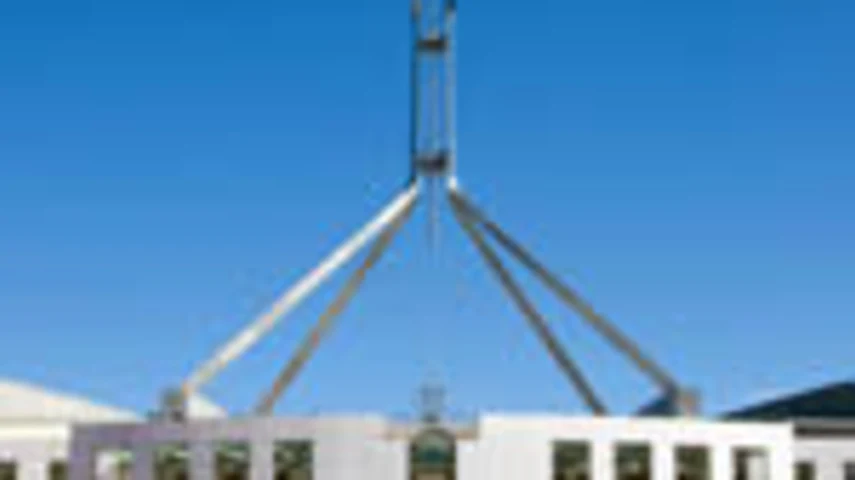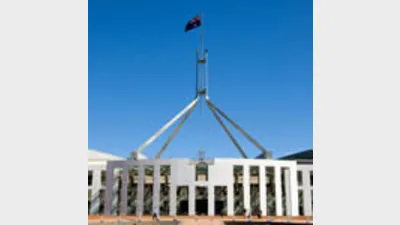Superannuation industry needs more exposure time: ASFA



Superannuation industry will struggle to implement proposed data requirements as put forward by the Australian Taxation Office's (ATO) exposure draft form and guide, the Association of Superannuation Funds of Australia (ASFA) has warned.
Acknowledging the need for the revised Rollover Benefit Statement (RBS) form, ASFA said large superannuation funds were concerned with the quick take-up and implementation of the requirements from release of the draft on 27 April 2012 to the proposed implementation date on 1 July 2012.
"That the ATO is only now exposing this more detailed draft of the RBS to all super providers, administrators, software developers and other representatives is a matter of concern," the submission said.
Beyond time constraints, ASFA said the proposed data requirements do not align with current legal obligations for recording and holding member information, meaning that many superannuation funds simply have not collected the information required in the RBS.
ASFA said Qualifying Recognised Overseas Pension Schemes should also be considered under current legislation, and queried how the form would feed into the Rollover Data standard.
"Given where we are at in the implementation of the rollover standard, details on the linkage of the RBS form with the standard would appear to be required information for superannuation funds and their administrators and service providers," ASFA stated.
Recommended for you
The super fund’s CEO has confirmed he will finish his role in 2026.
New data shows millions of Australians have little idea how their super funds have performed over the past year.
Small-business advocates have warned the government’s Payday Super timeline risks chaos without more time, cost support, and fair penalties.
Insignia Financial’s Master Trust portfolio has expanded despite net outflows, as positive markets and new product initiatives drive growth.










